I made an H-bridge using this schematic:

Although the circuit mostly works fine, there is noticeable shoot-through.Even with no load at 150-200hz the input voltage drops by a lot.I added dead time of 30us which seems to help, but does not solve the issue,even though the datasheets claim switching speeds of less than a micro-second.Are there any changes to be made to solve this without increasing the dead-time any more?